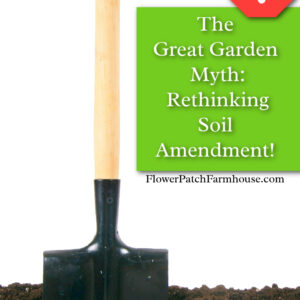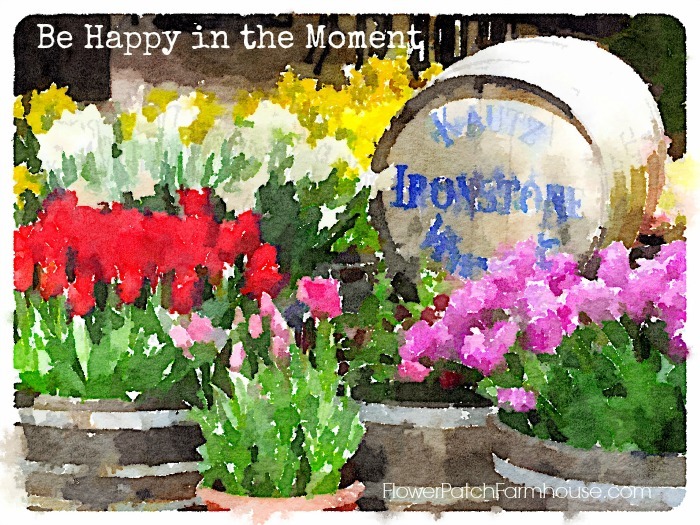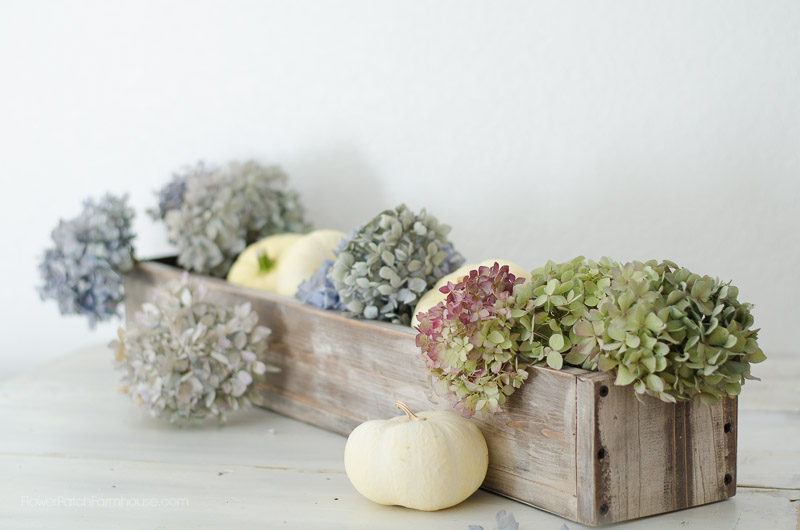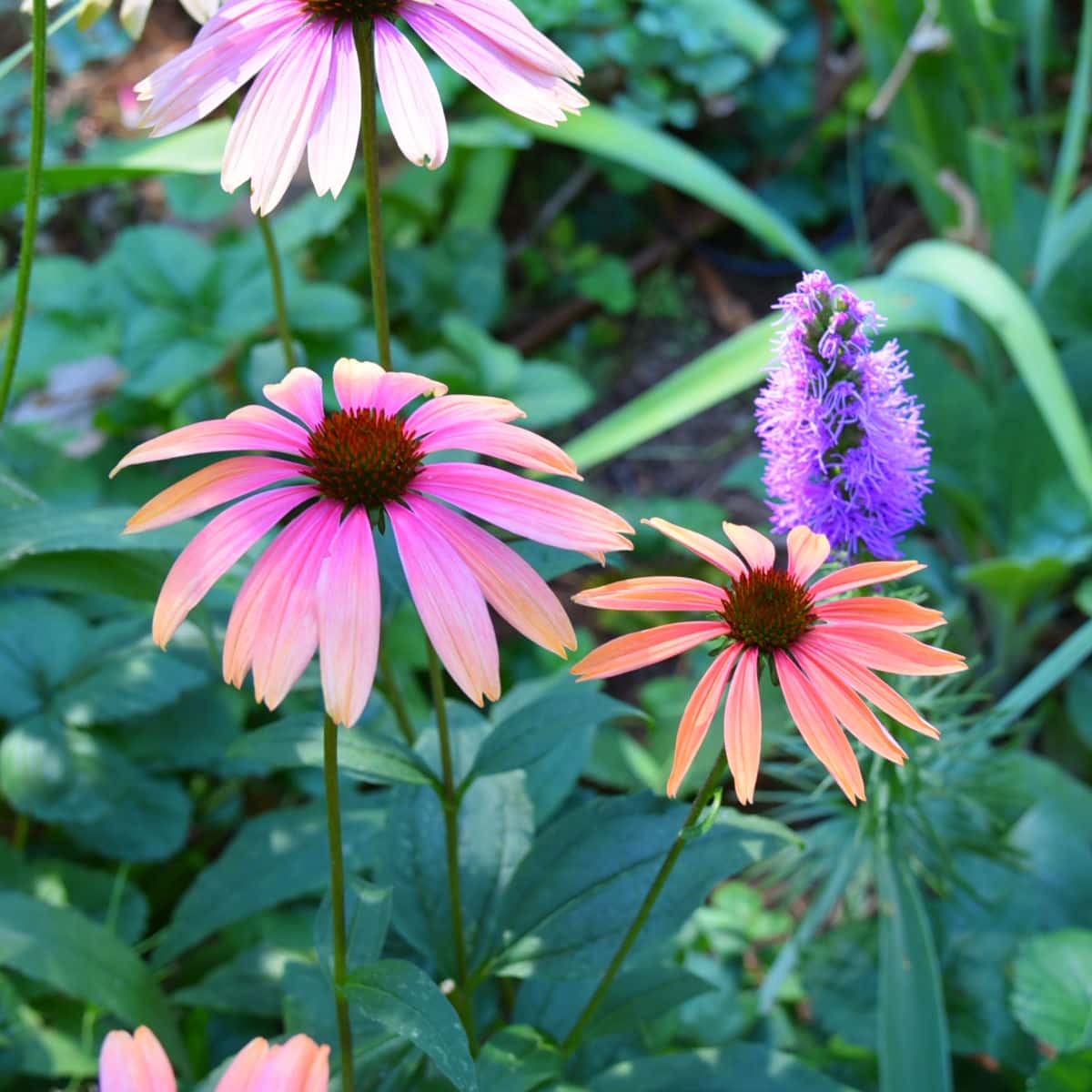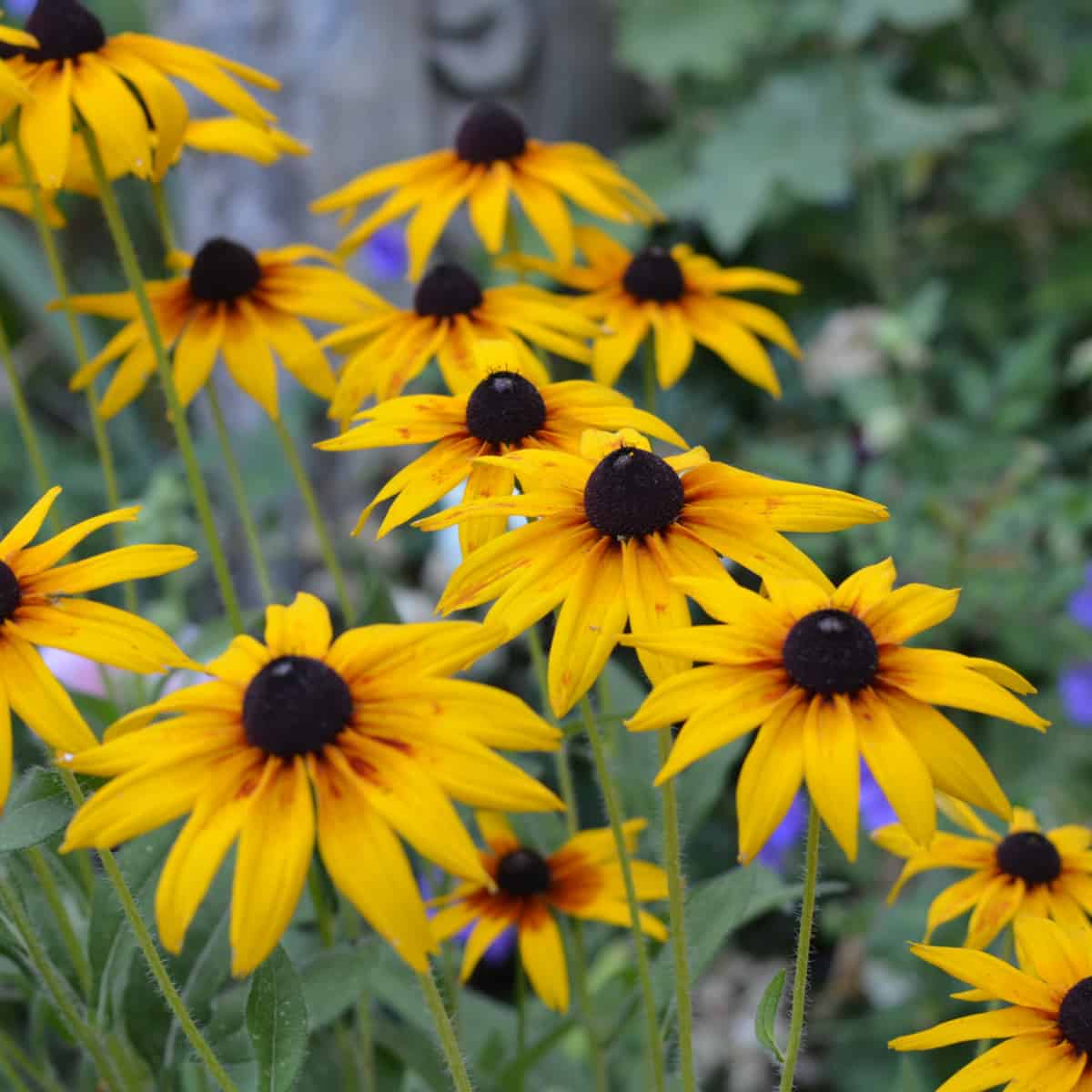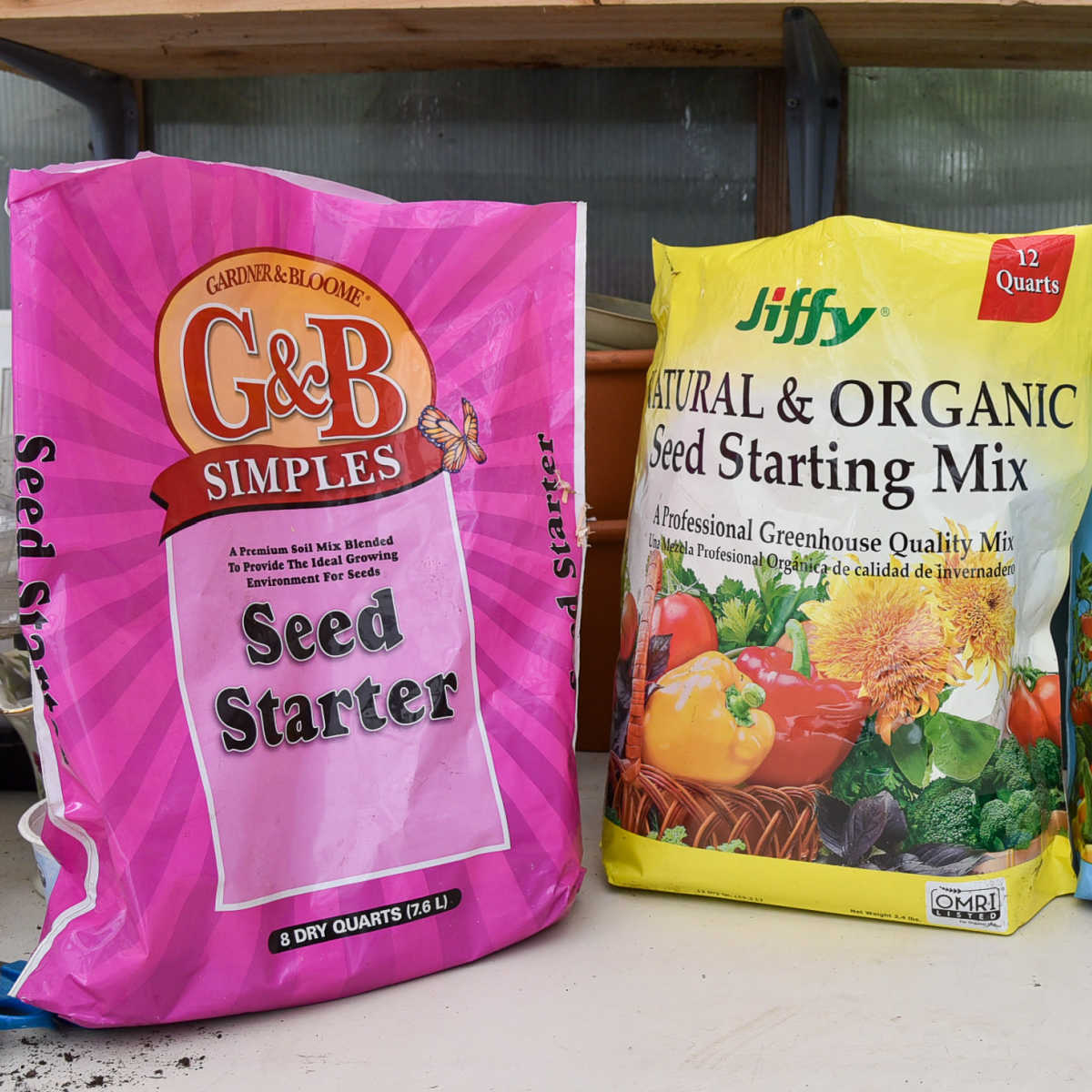Stop Amending Soil When Planting!
Gardening is an art filled with age-old wisdom, traditions, and, yes, even a few myths. One of the most common and enduring myths in gardening is about amending soil when planting.
For years, gardeners have been told that mixing organic matter or other materials into the planting hole is essential for the health and prosperity of new plants.
However, recent research and gardening practices are challenging this belief, suggesting that this well-intentioned practice might not be as beneficial as once thought.
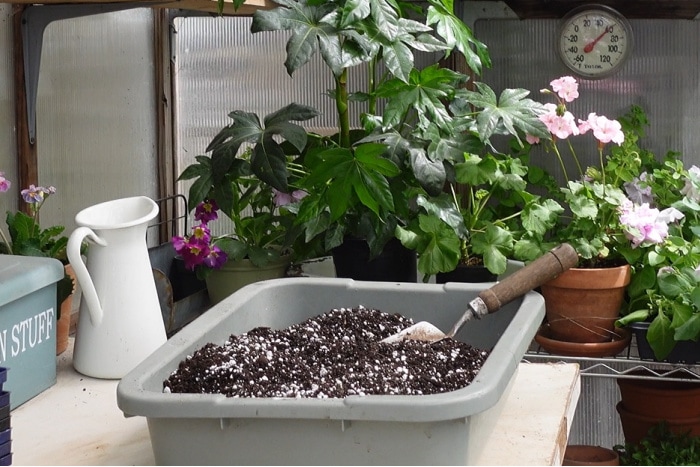
This post contains affiliate links. If you make a purchase after clicking a link I may make a small commission at no cost to you.
The Traditional Approach: Amending Soil
Traditionally, gardeners have been advised to amend the soil in the planting hole with various materials like compost, peat moss, or manure.
The rationale behind this practice is to create a more hospitable environment for the new plant by improving soil structure, nutrient content, and moisture retention.
This approach seems logical, especially when planting in poor-quality soil. After all, who wouldn’t want to give their plants the best possible start?
Stop Fertilizing – Build Your Soil Instead!
The Myth Unraveled: Understanding Soil Dynamics
However, more recent studies in horticulture suggest that amending the soil in the planting hole may not be as beneficial as once thought.
In fact, it can sometimes be counterproductive. Here’s why:
1. Creating a ‘Pot or Bathtub Effect:
When you amend the soil in the planting hole, you create a stark contrast in soil textures between the hole and the surrounding native soil.
This difference can cause issues with water movement, where water tends to stay within the amended area, creating a ‘pot or bathtub effect.’ This can lead to poor root growth as roots may not venture into the harder native soil, limiting the plant’s overall growth potential.
The principle is the same as not using pebbles or stones in the bottom of pots and containers for planting. At one time it was thought to improve drainage and now science shows it does the opposite because of the difference in the structure of the stones and the soil.
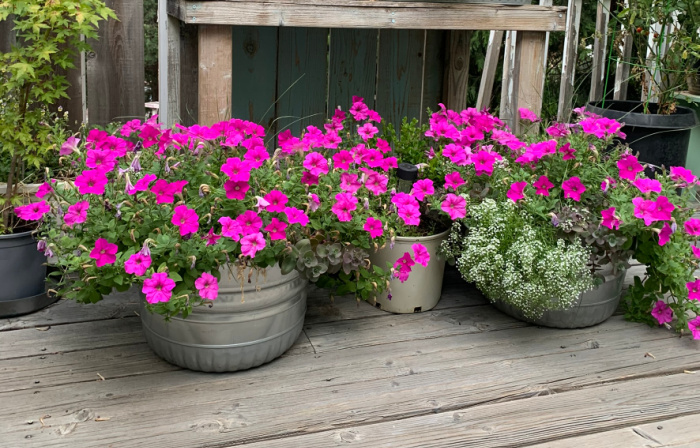
2. Disruption of Soil Structure:
Soil is a complex ecosystem. Amending it heavily in one spot can disrupt the natural structure and the microbial balance.
This disturbance can affect the long-term health of the soil and, consequently, the plants.
Exposing the Mycorrhizae Scam!
3. Nutrient Imbalances:
Over-amending can lead to nutrient imbalances. While the initial idea is to provide nutrients, too much of a good thing can harm the plants.
Excessive nutrients can lead to rapid but weak growth, and can even leach into and pollute groundwater. Have you noticed many gardeners online pouring starter fertilizers in the planting hole every time they plant?
This is a harmful practice and yet it is highly promoted and followed.
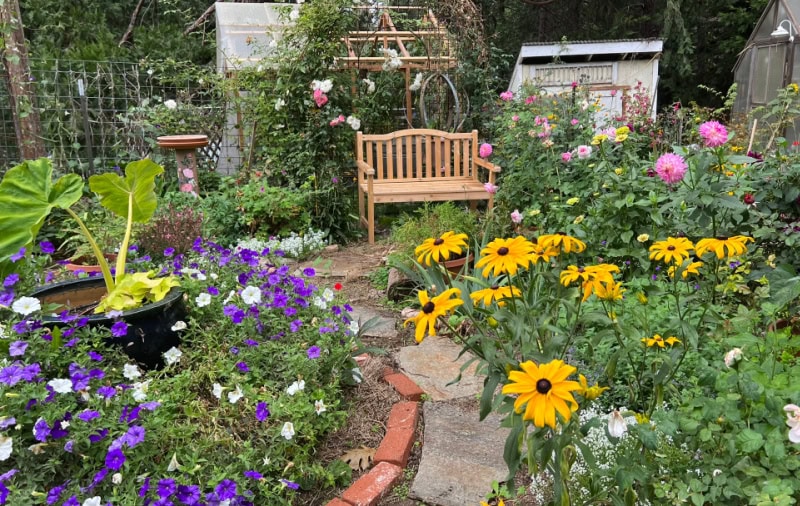
A New Approach: Working with Native Soil
So, what should gardeners do instead? The current advice is to work with your native soil as much as possible.
1. Understand Your Soil:
Get your soil tested. Understanding its composition, pH, and nutrient content can help you make more informed decisions about planting, amending, or fertilizing.
You need to know what is needed if anything.
2. Improve Soil Gradually:
Instead of amending just the planting hole, work on improving the soil quality of your entire garden bed over time.
This can be done by adding organic matter like compost or mulch on the soil surface, which will gradually incorporate into the soil with the help of earthworms and microorganisms.
3. Right Plant, Right Place:
Choose plants that are well-suited to your soil type. This reduces the need for heavy amendments and ensures better plant growth.
I watched one garden influencer try amendment after amendment on plants that did not like her high PH soil trying to force them to thrive. Not only did it not work in changing the PH it didn’t even help keep those expensive plants alive.
Save yourself a lot of grief and keep your garden journey easier for yourself. Plant what thrives in your soil type and climate instead of what is popular at the moment.
Garden Smarter, Not Harder!
4. Water Wisely:
Learn to water according to the needs of your plants and the nature of your soil. Over-watering can be as detrimental as under-watering.
You may be surprised at how little water many plants need once established.
5. Cover Crops
Cover crops grown when soil is bare or in newly established beds can aid dramatically in neutralizing pH levels and helping build the soil.
Some common types are easy to grow like Buckwheat and Crimson Clover. Just be sure to cut them back before they go to seed. What you cut back makes excellent mulch.
6. Rose Soil
Someone specifically asked about rose soil so here you go. Roses thrive in well-drained, nutrient-rich soils that balance moisture retention with adequate drainage.
The ideal rose soil is a loamy mixture, combining equal parts sand, silt, and clay, which ensures good aeration and drainage while retaining enough moisture and nutrients.
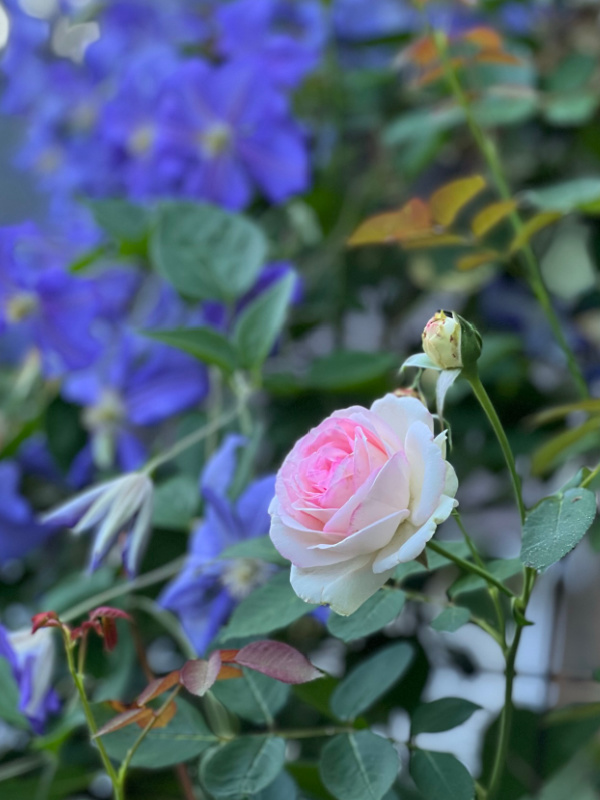
Don’t have ideal soil? No worries, neither do I but I do the following and I grow gorgeous roses!
Organic matter, such as compost or well-rotted manure, is a key ingredient. It enriches the soil with essential nutrients, improves soil structure, and enhances its ability to hold water and nutrients.
Regular testing and amendments can help maintain optimal soil conditions. Additionally, a layer of organic mulch on the soil surface can further benefit rose plants by conserving moisture, suppressing weeds, and gradually enriching the soil as it decomposes.
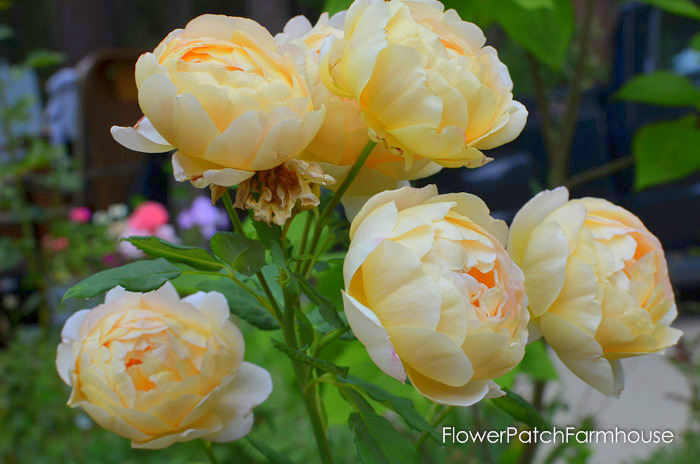
Embracing Nature’s Way
Gardening is about creating a harmonious relationship with nature. By understanding and working with the natural environment, we can grow healthier plants and maintain sustainable gardens.
While the idea of amending soil has its roots in a desire to help plants thrive, we now understand that the best approach is often to work with nature, rather than against it.
So, the next time you’re ready to plant, consider the wisdom of modern horticulture: sometimes, the best thing we can do for our plants is to simply let the natural soil do its work.
Happy Natural Gardening!
Source: The Myth of Soil Amendments, Soil Amendments, Dont Amend Before Planting
